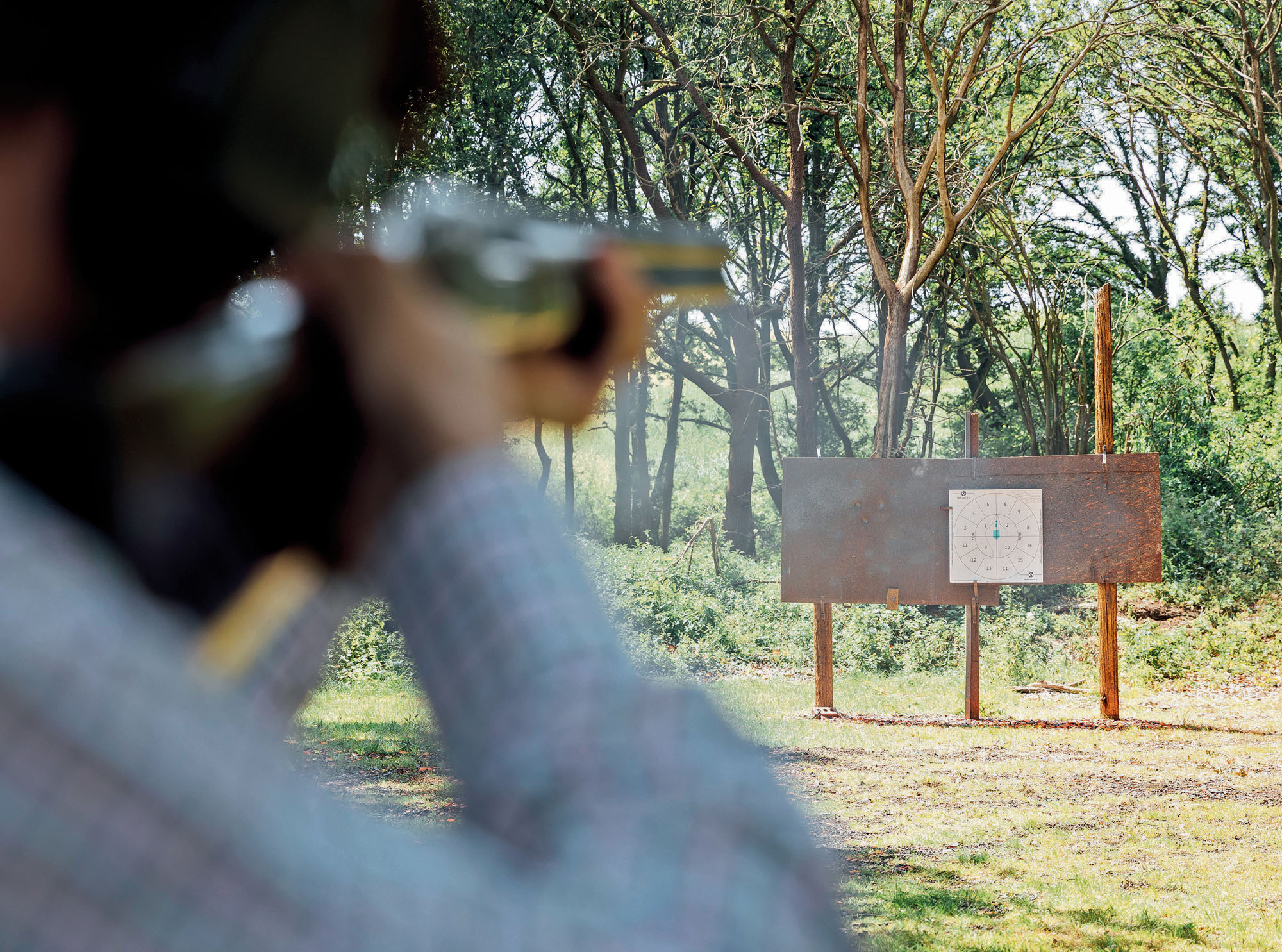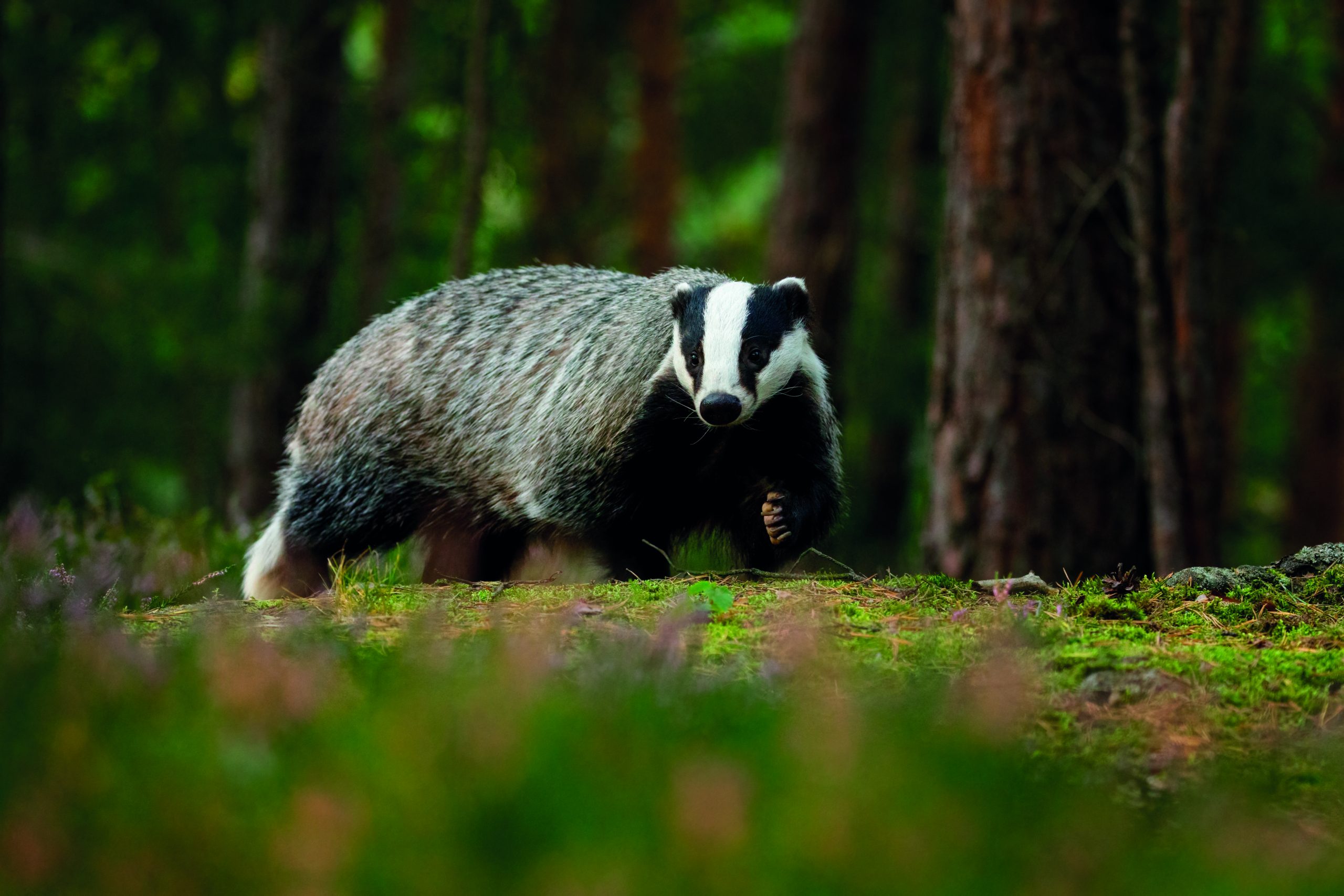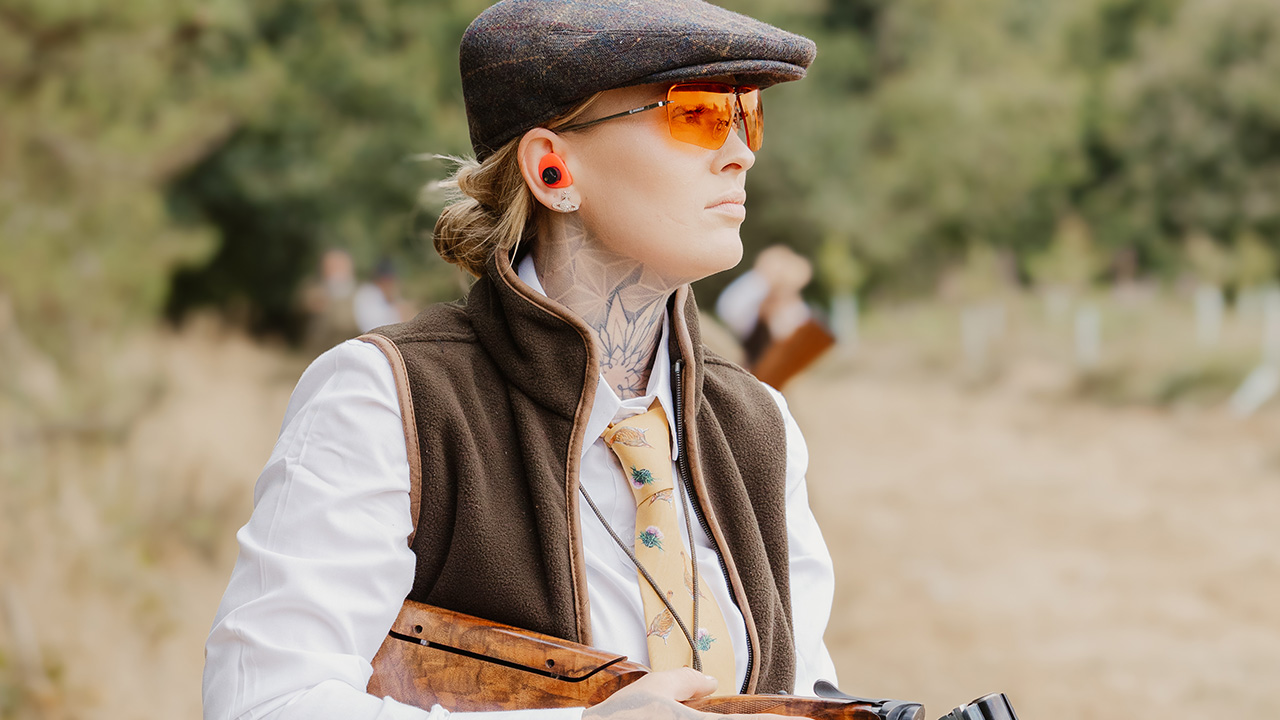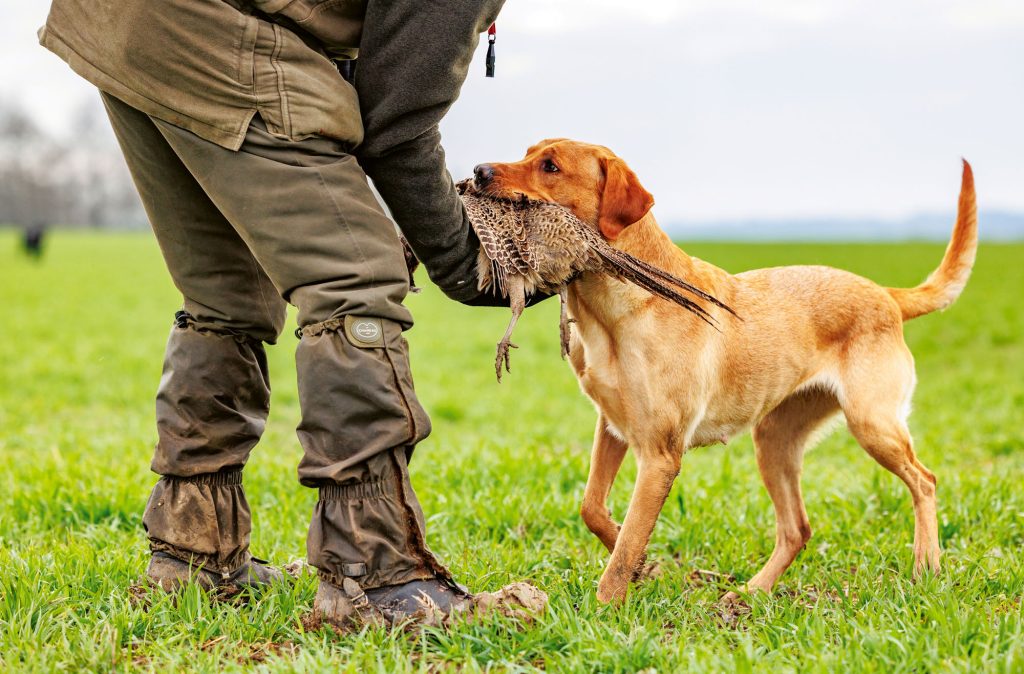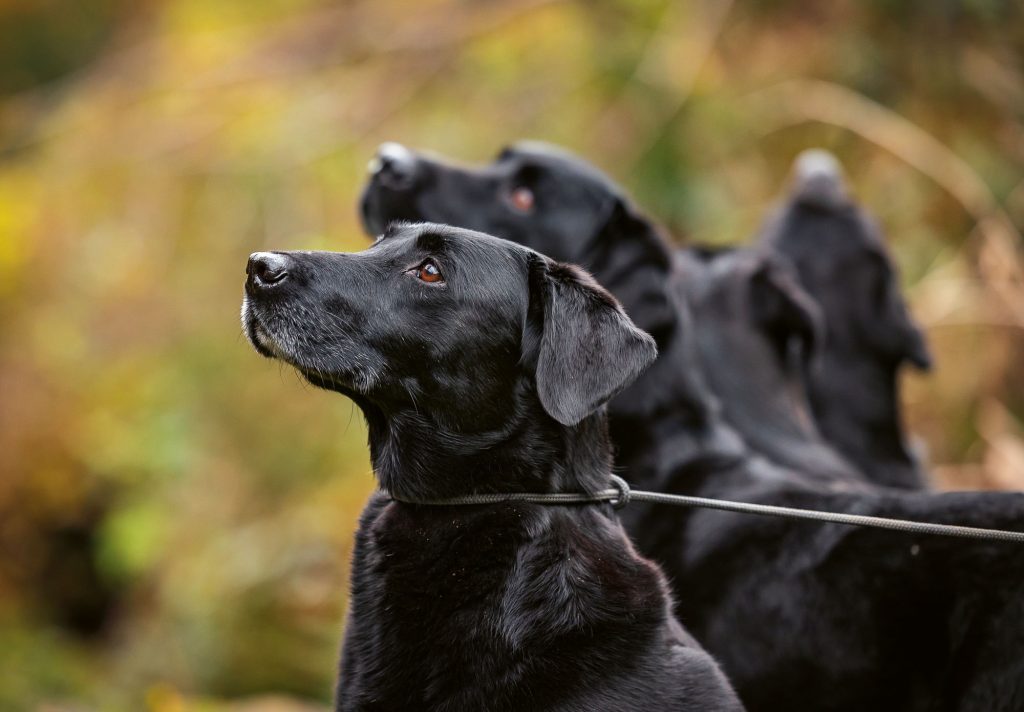Field to fork
Patrick Hook explains the culinary and financial benefits of shooting rabbits, and gives some tips to ensure success
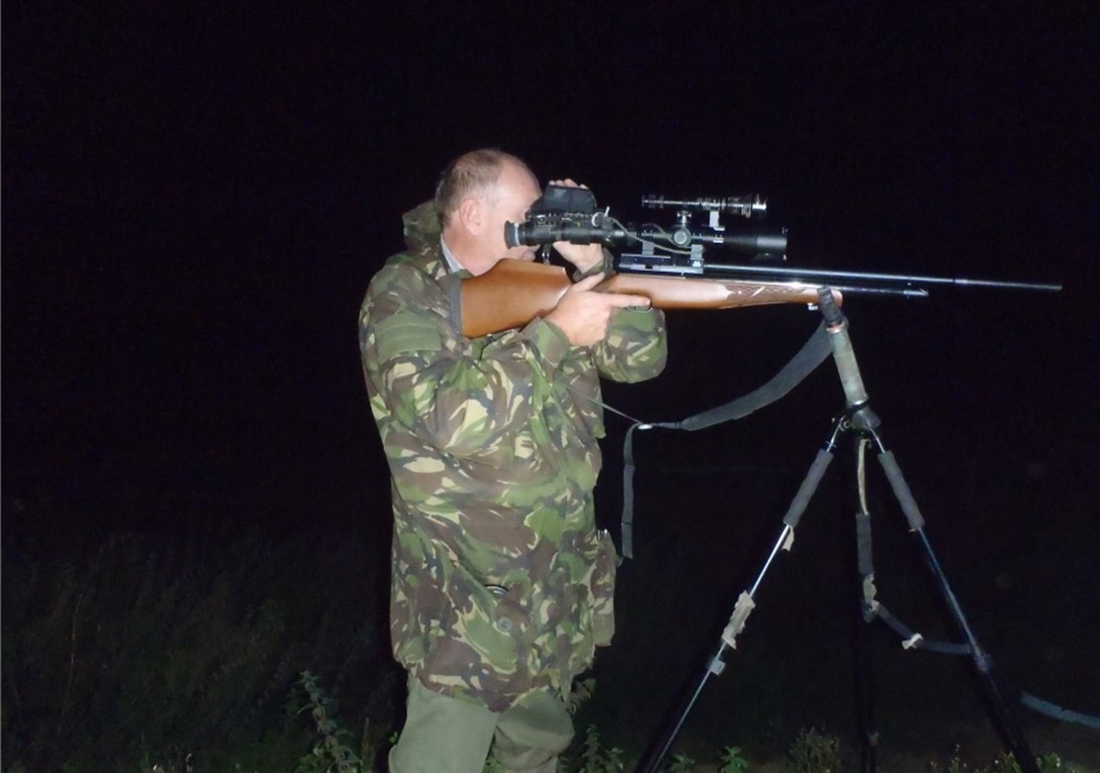
One of the best reasons to shoot rabbits is to eat them. The meat is low in fat and relatively free of the nasty chemicals that often pervade the human food chain. If you only shoot a few, especially if you already have an alternative use for them, such as fox bait or pet food, then not consuming them is fair enough. But discarding them because you can’t be bothered with the hassle is a real shame – a waste of life and money.
If you only shoot rabbits occasionally it’s not worth going through all the rigmarole of getting licensed to sell them to the public yourself, in which case the simplest route is to take them to a game dealer. Many will pay well for full-sized rabbits so long as they‘ve not been mauled too badly. Always check what the current regulations are for such transactions as the law can change. You are currently allowed to give wild-shot animals to family and friends on an occasional basis, but if cash is involved you are classed as a food business operator, which opens up a whole mess of officialdom.
If you don’t have a suitable game dealer locally, a legitimate business is to sell them to zoos and wildlife parks, many of which will happily take rabbits as they make excellent food for everything from birds of prey to big cats. They are also often willing to take freshly-shot bunnies whole – that is, there’s no need to gut them – which can massively reduce the amount of work you have to do.
Butchery
If you do have to do some preparation, once you have developed your technique, gutting (or paunching) them is a simple business – if perhaps a bit messy. A pair of disposable gloves helps a lot. There are several different methods, the commonest being to start by slitting the skin from the chest down to between the back legs, taking care not to puncture the internals.
Alternatively, you can pinch the skin at the back of the neck and slice off a section – this leaves a nice hole into which you can insert your knife. By running the blade down the backbone to the tail it opens the skin up making it really easy to turn it inside out. This method vastly reduces the risk of unintentionally puncturing the guts.
The next stage is to cut the legs off. You can either use a cleaver on a chopping board or my preferred option, which is to use a pair of poultry shears. This leaves the last stage, which is cutting open the abdominal cavity and removing the contents, with far less risk of contaminating the meat.
The resulting carcasses can then be hung in a chiller, put straight into a freezer or used in the kitchen. A quick online search will reveal thousands of recipes – the meat can be used in everything from a stir-fry, to a curry, to a traditional pie.
Countryside economics
For hundreds of years, rabbit was a mainstay ingredient for millions of country folk, and where the populations were particularly large many farmers used to employ professional trappers on a seasonal basis.
The huge numbers of carcasses that these teams produced were usually sent to large cities to be sold to the inhabitants there. In many parts of the country the local railway networks ran special train services to transport them from rural stops to urban conurbations. One of those – the Taunton to Barnstaple line – used to have daily collections at stops such as East Anstey, Dulverton, South Molton and so on. The typical charge for transporting them was five shillings a hamper. Elsewhere they did much the same thing, through Cornwall, south Devon, across Wales and on up to places like Banbury, which was a major distribution hub.
When myxomatosis was introduced in the early 1950s, the resulting crash in the bunny population caused severe hardship for countless people, many of whom had to give up their homes and move to urban areas simply to survive. This is one of those unspoken major social upheavals that never seems to attract any attention – probably because few city folk have ever heard of it.
Techniques
Coming back to the present day – or night – modern technology in the form of NV and thermal imaging has transformed the ways in which you can go about shooting rabbits. If you want to use traditional methods, the best times are dawn or dusk, but the low light levels can make it difficult to spot them, especially if they are feeding in long grass. This is where thermal imagers can make all the difference, as you’ll be able to locate them from several hundred yards away.
Once you’ve spotted your quarry, you can work out how best to creep up on it. Rabbits have very good eyesight, even in the dark, and very sensitive noses, so if you want to be successful you’ll need to develop excellent fieldcraft. Learning how to do this is, in my mind, something that every youngster should have to undertake. It teaches patience, subtlety, an understanding of wind direction, and the realisation that perseverance pays off. It’s certainly something that my grandson loves doing.
If a bunny senses you approaching, it will generally either run like mad or crouch down with its ears flattened in the hope that you won’t see it. Some will stand up on their back legs for a better look, and if they aren’t happy will stamp their hind feet as a warning to others that danger is approaching. The sound can travel a long way – and that’s to human ears. Doubtless with their excellent sound-detection capabilities rabbits can hear it – or possibly feel it through their feet – from much further away.
It’s interesting to note that a rabbit’s ears look different through a thermal imager depending on whether they’re holding them up to listen for approaching threats or not. This is because to get their ears erect they pump blood into them, and since it is warm it shows up completely differently.
A similar effect happens when a rabbit has only just come above ground. Because it has been in a nice warm place it shows up much more vividly, making it look much bigger than the individual sitting next to it that’s been out in the cold for a while. This can cause a certain amount of confusion to the observer.
Getting to know the area you’re going to be shooting over is one of the best ways to improve your success. When you know where the good observation points are, for instance, you can quickly ascertain in which direction you should set off to get the best results. Likewise, when you know where there is suitable low ground to approach from, you should be able to get nice and close without being seen. It’s always worth bearing in mind what your silhouette is going to look like to the rabbits you’re trying to stalk. If you allow yourself to be skylined they’ll spot you immediately, so try and keep a hedge or stand of trees behind you.
Once you’re close enough for a shot, you’ll need a stable platform to shoot from unless the range is very short. If the terrain is dry you can simply lie prone and use a bipod or your elbows, but if not then either carry a camping roll to put between yourself and the ground, or stay standing upright by using some form of shooting sticks. If the rabbits are feeding you may need to make a noise to get them to sit up – but too much and they will bolt. Making a noise like blowing them a kiss is one way to do it.
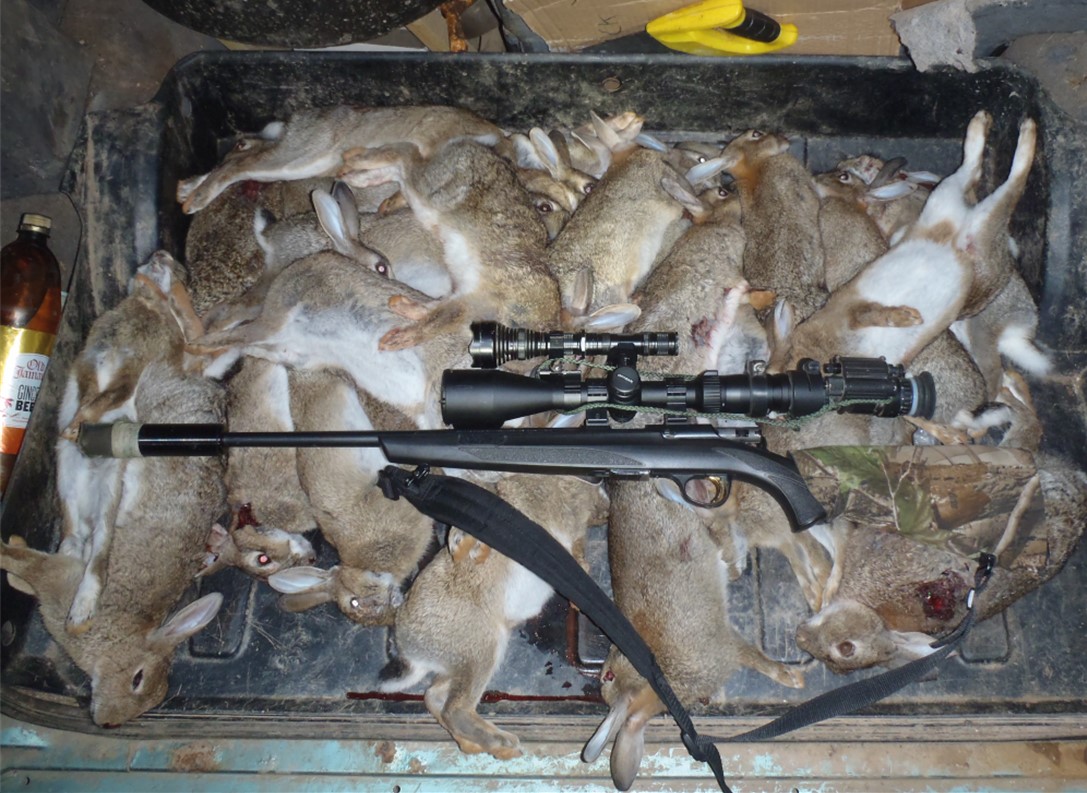
The hard part
Probably the hardest part of shooting rabbits is getting permission to hunt them in the first place. It’s worth remembering that there are usually two main reasons why landowners want them controlled. The first is to protect their crops. The second is that bunnies like to dig, which can cause boundary banks to collapse and allow livestock through into places where it shouldn’t be.
The less obvious danger is that holes out in the open can be leg-breakers for any large animal – especially a horse – that is unfortunate enough to put a foot in one.
Severe injuries can result in otherwise healthy beasts having to be put down, which can be both heart-breaking and expensive. Understanding these factors can help you greatly when making your case.
TIPS
Shooting sticks can greatly improve accuracy. If you’ve never used them before, try out a few different ones to see which you prefer. Then put some targets out at various ranges and keep practising until you’re confident you can hit what you’re aiming at.
If you’re using a .17HMR, ballistic tips are much better for shooting rabbits than solid points, as the latter can just pass straight through, leaving a wounded animal that can run off and die a slow, miserable death.
For optics, don’t be seduced by high-magnification figures. In my book, field of view is king, as if it takes too long to find your quarry through the eyepiece it’s likely to have run off before you get a chance to line up on it.
If you’re planning on eating your rabbits, it’s a good idea to head-shoot them as you’ll be able to use more of the meat.
If you’re hunting rabbits on foot, don’t forget to take something to carry them in, and unless you’ve got something that you don’t mind ruining for other uses, line it with a plastic bag.

